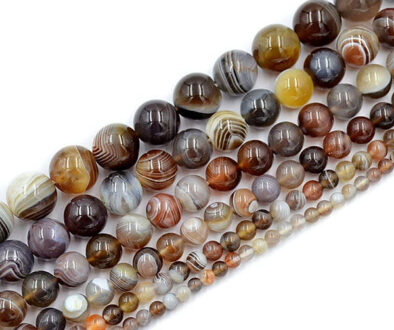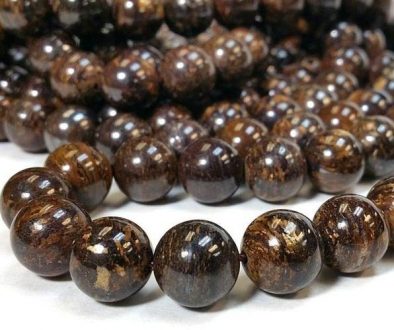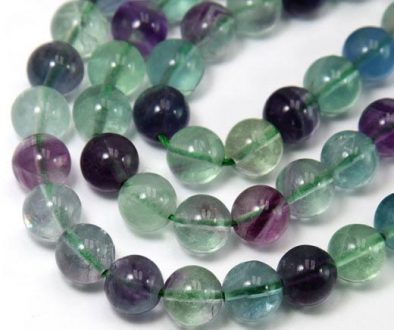Chrysoberyl
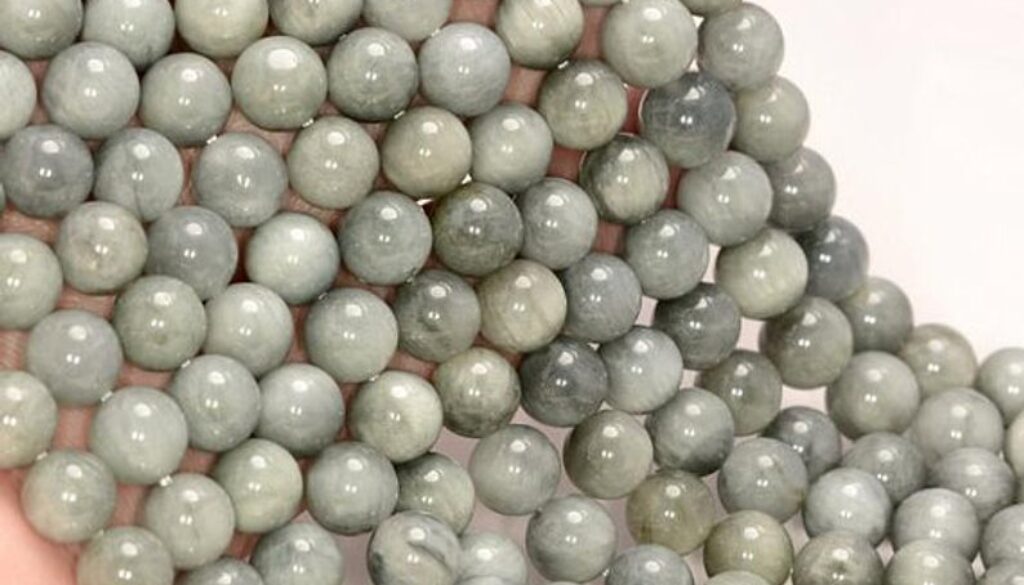
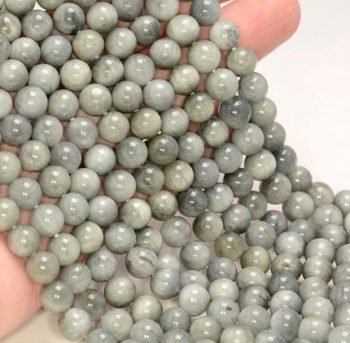 Chrysoberyl is a beryllium aluminium oxide mineral that belongs to the oxide and hydroxide class of minerals. appears as trilling or twinned hexagonal crystals. Despite the similarity of their names, chrysoberyl and beryl are two completely different gemstones.
Chrysoberyl is a beryllium aluminium oxide mineral that belongs to the oxide and hydroxide class of minerals. appears as trilling or twinned hexagonal crystals. Despite the similarity of their names, chrysoberyl and beryl are two completely different gemstones.
The three main varieties of chrysoberyl are:
- Chrysoberyl is a yellow-to-green transparent to translucent crystal.
- Alexandrite is one of the rare color change crystals and is translucent
- Cymophane (cat’s eye) is fibrous and translucent. This is the only stone that can just be called cats eye, all other cats eye crystals must have the name of the crystal included such as cat’s eye tourmaline or cat’s eye quartz or even cat’s eye selenite.
Yellow-green chrysoberyl was referred to as “chrysolite” during the Victorian and Edwardian eras, which caused confusion since that name has also been used for the mineral olivine/peridot, that name is no longer used.
Chrysoberyl helps to highlight the cause of dis-ease. It supports self-healing. Chrysoberyl balances adrenaline and cholesterol, and fortifies the chest and liver.
When chrysoberyl is used with other crystals it will highlight the cause of a disease. This stone supports self healing, balances the adrenal glands and balances the cholesterol levels in the body. Chrysoberyl enhances the healing of chest and liver complaints. This stone is helpful in reducing the physical side effects of being paralyzed. Working well with the digestive system, chrysoberyl will settle stomach problems, heal the liver, reduce skin problems and allergies relating to this system.
